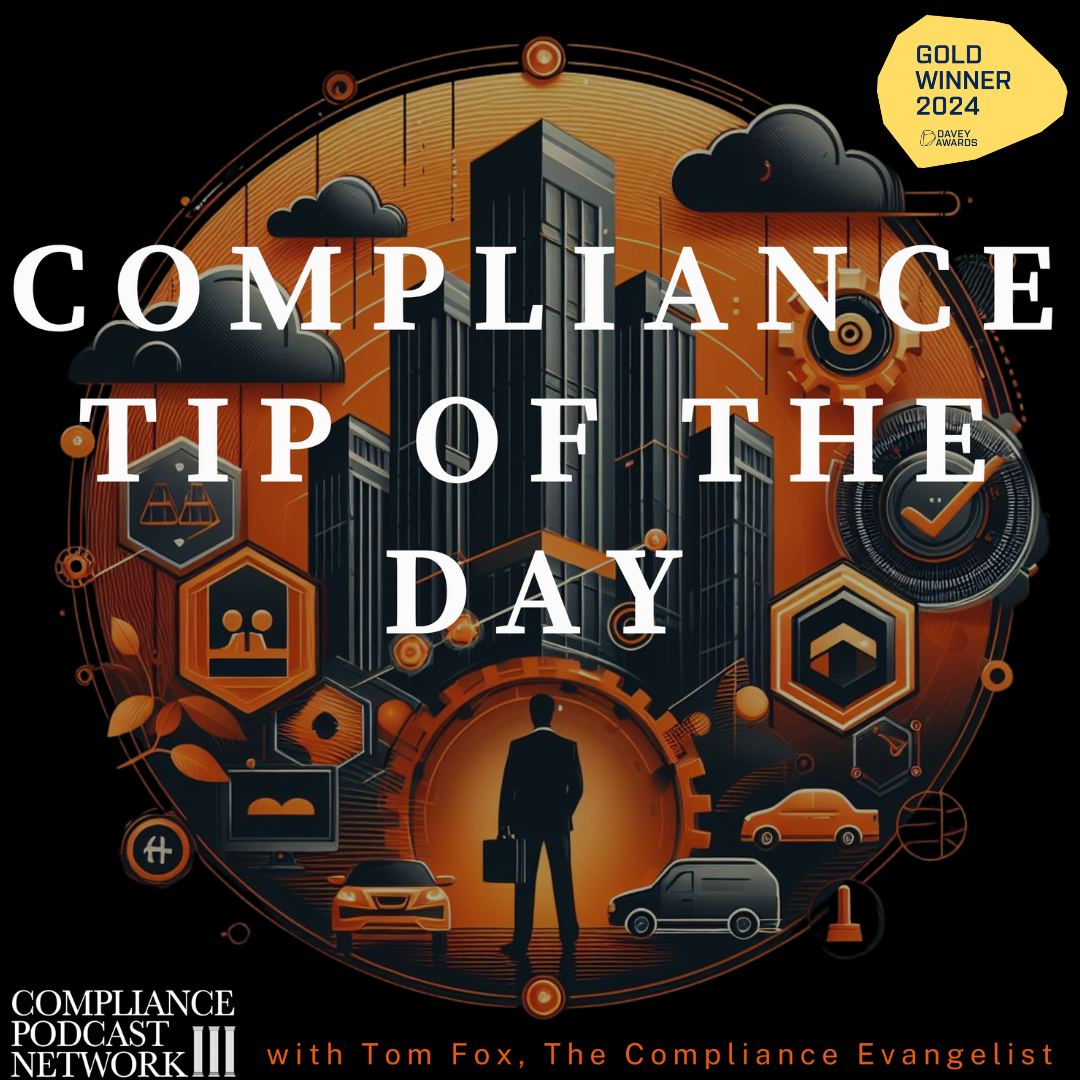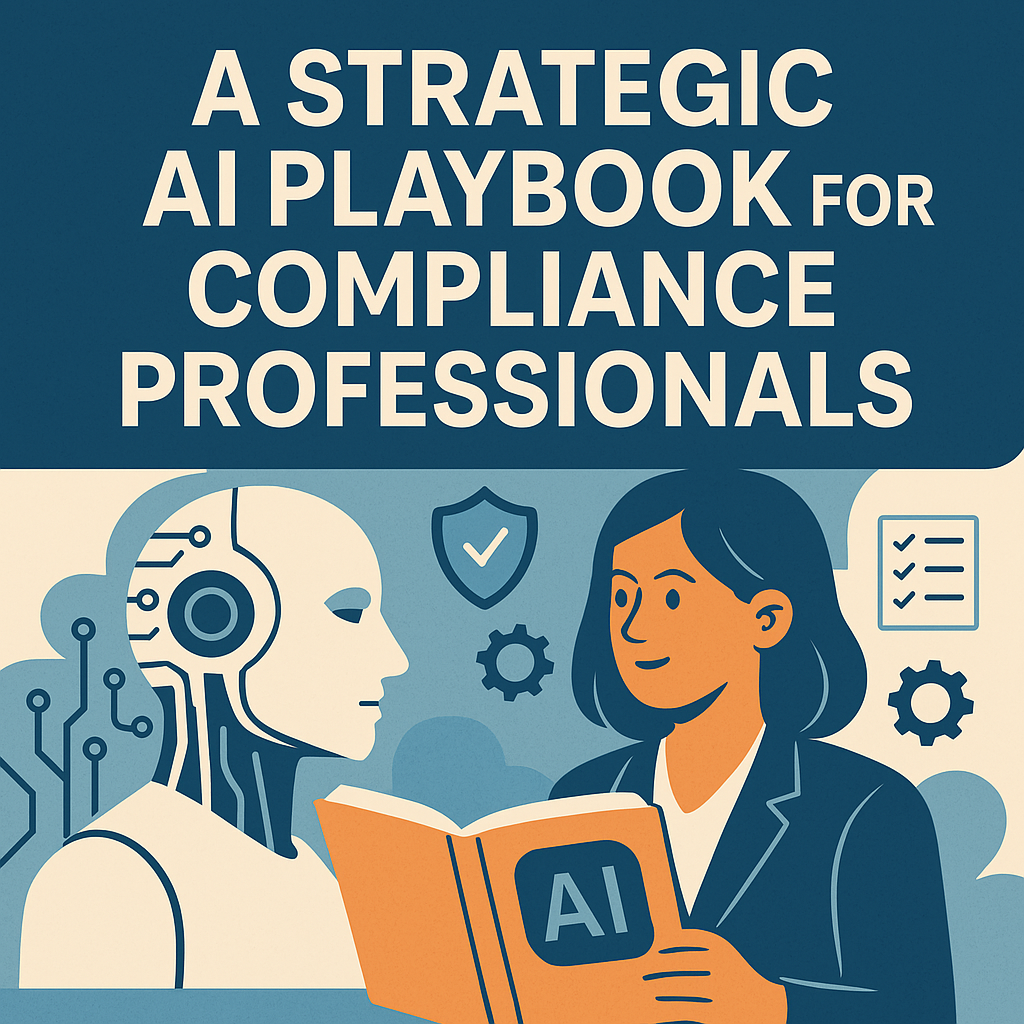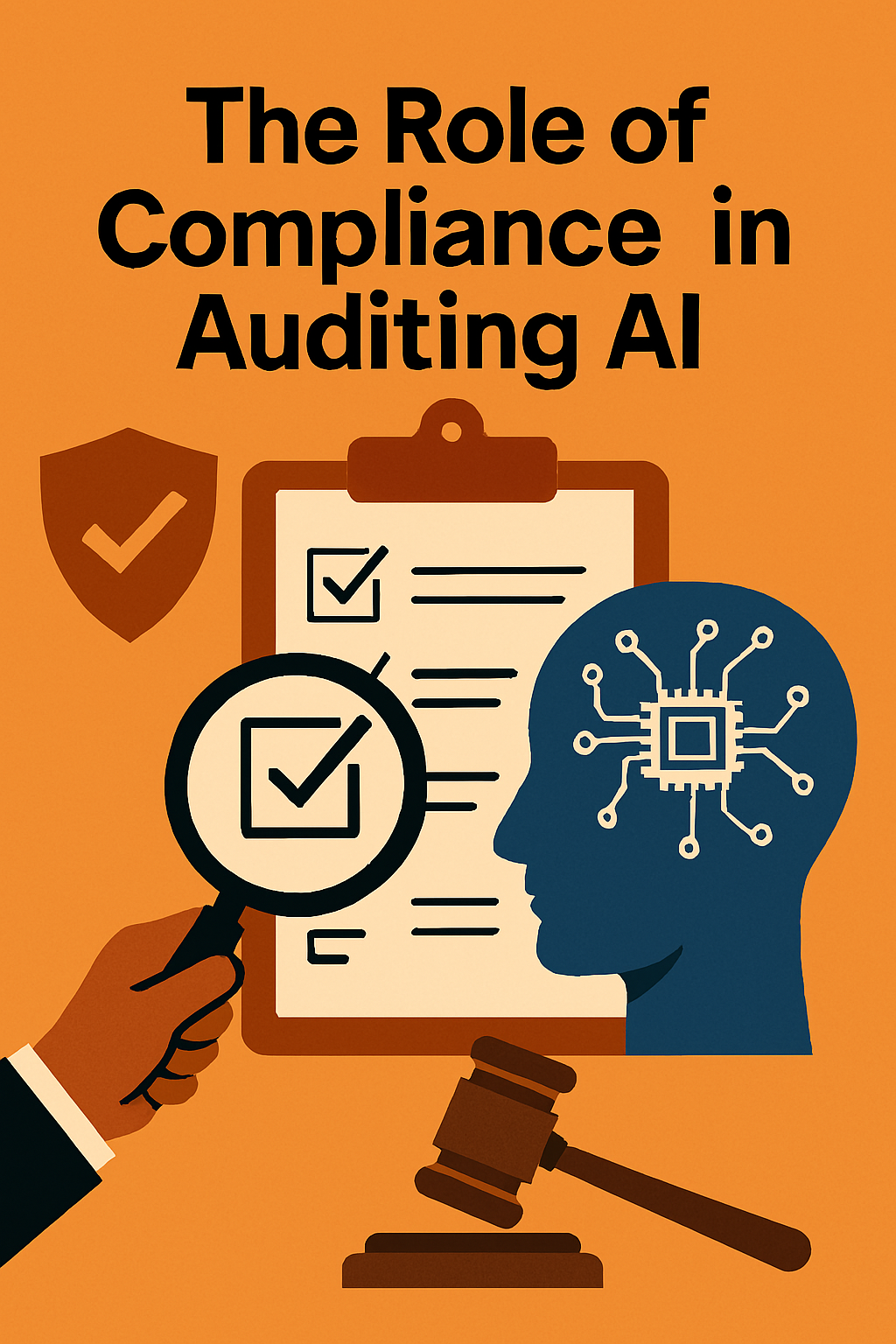Compliance professionals stand at the intersection of opportunity and challenge in an era of rapidly evolving artificial intelligence (AI) and unprecedented access to expertise. As we noted in yesterday’s blog post, which featured the Harvard Business Review piece “Strategy in an Era of Abundant Expertise” by authors Bobby Yerramilli-Rao, John Corwin, Yang Li, and Karim R. Lakhani, AI is drastically reshaping how businesses build competitive advantage, manage their resources, and strategize for future success. This transformation is not confined to operational efficiencies and strategic differentiation; it is deeply embedded in the very fabric of compliance management. As compliance professionals, we must embrace these developments to fortify our compliance frameworks or risk becoming obsolete.
In examining this provocative and thought-provoking analysis, compliance professionals can derive several actionable lessons to ensure their programs remain robust, responsive, and relevant. In this second part of a two-part blog post series, I want to explore five key lessons for compliance professionals drawn from this transformative era, each critical to strengthening compliance management in this age of abundant AI-powered expertise.
Lesson 1: Embrace AI to Enhance Risk Management Capabilities
Compliance professionals must first acknowledge that AI’s transformative potential lies in its ability to enhance existing compliance frameworks significantly. The authors underscored the dramatic productivity gains AI can deliver by embedding expertise directly into everyday operational activities. Similarly, in compliance, leveraging AI tools can significantly enhance risk identification, assessment, and mitigation.
Historically, risk assessment has been labor-intensive and prone to gaps and oversight. However, AI-driven systems can now continuously analyze vast troves of data, identify subtle patterns indicative of emerging risks, and proactively alert compliance teams. For instance, predictive analytics and AI-powered monitoring tools can substantially augment the effectiveness of compliance audits by highlighting irregularities faster and more accurately than traditional manual methods.
Embracing AI to boost risk management will streamline compliance procedures and allow compliance professionals to focus their strategic energies on higher-value tasks, such as cultural assessments, risk forecasting, and strategic compliance planning. Just as developers empowered by AI achieve more sophisticated results, compliance officers leveraging AI can reach new heights of effectiveness and efficiency in risk management.
Lesson 2: Continuously Adapt Compliance Expertise to Evolving AI Capabilities
As highlighted in the article, businesses that fail to evolve their expertise alongside technological developments face obsolescence; consider Nokia’s precipitous decline in the mobile phone market. Compliance professionals must heed this critical lesson. Accelerating AI’s capabilities means that expertise considered cutting-edge today could be standard tomorrow.
Compliance expertise must continually evolve. This is even more true in the age of the second Trump Administration, when the stick of FCPA and regulatory enforcement has been removed. However, this is also a great opportunity for the compliance profession. AI can now competently handle routine tasks such as transaction monitoring, basic regulatory research, and even elements of investigations. Compliance professionals must proactively cultivate deeper expertise in nuanced areas, such as ethical decision-making, behavioral compliance psychology, and complex international regulatory frameworks, where human judgment and subtlety remain superior.
Investing in ongoing training and development programs, analogous to Moderna’s successful AI academy initiative, will ensure compliance professionals remain ahead of technological advancements. Continuous education ensures that compliance departments manage current risks effectively and are fully prepared to manage emerging risks tomorrow.
Lesson 3: Focus Compliance Efforts on Core Strategic Areas
Businesses in the AI era are shifting their focus toward activities that create maximum strategic differentiation, such as outsourcing or automating non-core processes. Similarly, compliance departments should strategically delineate core and non-core compliance activities.
Routine compliance activities such as sanctions screening, record-keeping, and basic training can increasingly be delegated to AI-driven tools, freeing compliance professionals to concentrate on strategic imperatives like cultivating ethical culture, refining policy frameworks, and strengthening relationships with regulatory bodies.
Companies such as FocusFuel illustrate how focusing internal resources on strategic areas, supported by AI and outsourced expertise in non-core tasks, can lead to exponential business growth. Compliance teams adopting this model can similarly elevate their strategic profile within their organizations, becoming proactive strategic advisors rather than reactive overseers of compliance tasks.
Lesson 4: Establish Rigorous AI Governance and Ethics Frameworks
Successful AI integration must be accompanied by robust governance frameworks that address inherent risks, including bias, misinformation, and cybersecurity threats. This lesson resonates strongly with compliance professionals and is directly in the compliance wheelhouse. Compliance officers must ensure their organizations’ AI initiatives are ethically sound, unbiased, and securely governed as the stewards of organizational justice and fairness coupled with ethics and legal adherence.
Establishing clear guidelines for AI usage, data integrity, transparency, accountability, and ethical standards is paramount. Though immensely powerful, AI is not without ethical challenges and potential pitfalls. Compliance officers must advocate for responsible AI practices, embed robust governance protocols, and ensure organizational practices reflect regulatory obligations and broader societal expectations.
Effective AI governance means going beyond mere compliance checklists. It requires creating comprehensive frameworks that holistically address AI’s implications—safeguarding against inadvertent biases, preventing misuse, and maintaining the trust of customers, regulators, and society.
Lesson 5: Prepare Compliance Teams for Organizational Change Management
Finally, compliance professionals must recognize that embracing AI is fundamentally an organizational change management challenge, not merely a technological upgrade. The transition to AI-augmented compliance involves significant shifts in how teams operate, make decisions, and interact with other organizational functions.
Compliance leaders should proactively manage this transition by identifying and empowering AI champions within their teams, providing them with opportunities to lead AI integration initiatives, and serving as mentors and role models. The experience of organizations like Coursera demonstrates that equipping employees with the necessary skills and tools and empowering early adopters as change ambassadors significantly accelerates effective adoption.
Organizational change involves training in technical competencies and nurturing a compliance mindset attuned to continuous learning, flexibility, and agility. Clear communication, comprehensive training programs, and visible leadership commitment to AI initiatives will be crucial in effectively managing this transformative change.
Conclusion: An Imperative for Compliance Transformation
As compliance professionals, our response to the AI era cannot be passive or reactive. Rather, we must actively embrace, integrate, and leverage AI to build a compliance function that is resilient, responsive, and robustly strategic. The authors make clear that the availability and accessibility of AI-driven expertise present profound opportunities to enhance compliance effectiveness, efficiency, and strategic impact.
These five lessons—leveraging AI for risk management, continuously evolving expertise, focusing strategically on core compliance functions, ensuring robust AI governance, and proactively managing organizational change—form a blueprint for compliance professionals determined to lead their organizations confidently into the future.
Ultimately, the AI-driven era of abundant expertise demands nothing less than a comprehensive reinvention of the compliance function itself. Compliance professionals prepared to embrace these lessons will undoubtedly thrive, ensuring their own relevance and their critical role in shaping ethically grounded, legally compliant, and strategically adept organizations.










